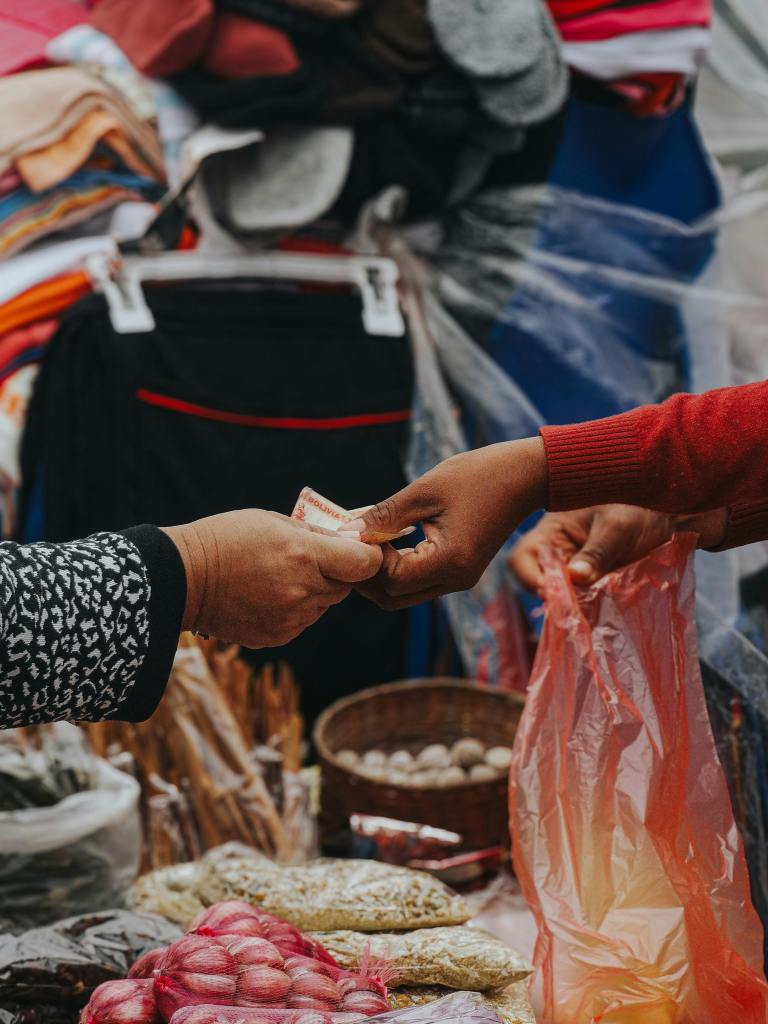Living costs in the Philippines vary depending on the city, lifestyle, and personal preferences. In major cities like Manila, Cebu, and Davao, the cost of living tends to be higher due to the demand for goods and services. Rent prices in urban areas can range from ₱10,000 to ₱50,000 per month for a decent one-bedroom apartment, while in rural areas, the cost can be significantly lower, around ₱5,000 to ₱15,000 per month.
Food expenses in the Philippines are relatively affordable, with street food vendors offering meals for as low as ₱50. A simple meal at a local eatery can cost around ₱100 to ₱200, while dining at mid-range restaurants can set you back around ₱500 to ₱1,000 per person. Groceries are also reasonably priced, with basic items like rice, vegetables, and meat costing around ₱3,000 to ₱5,000 per month for a small family.

Transportation costs in the Philippines vary depending on the mode of transportation. Jeepneys, tricycles, and buses are the most common forms of public transportation, with fares ranging from ₱10 to ₱50 depending on the distance. Taxis and ride-hailing services like Grab are also available, with fares starting at around ₱40 plus ₱13 per kilometer. Owning a car can be costly due to high fuel prices and maintenance expenses.
Healthcare expenses in the Philippines are relatively affordable compared to Western countries. Public hospitals provide basic medical services at a low cost, while private hospitals offer more specialized care at a higher price. A consultation with a doctor can cost around ₱500 to ₱1,000, while a basic medical procedure like blood tests or vaccinations can range from ₱1,000 to ₱5,000.
Utilities such as electricity, water, and internet are essential expenses for every household. Electricity bills can vary depending on usage, with an average monthly bill ranging from ₱2,000 to ₱5,000. Water bills are relatively low, averaging around ₱200 to ₱500 per month. Internet and cable TV services can cost around ₱1,000 to ₱3,000 per month, depending on the speed and package.
Education is another significant expense for families in the Philippines. Public schools offer free education up to high school, but private schools can cost from ₱20,000 to ₱100,000 per year, depending on the institution. College tuition fees can range from ₱30,000 to ₱150,000 per semester, not including additional expenses like books, uniforms, and transportation.
Entertainment and leisure activities in the Philippines can be affordable, with options for all budgets. A movie ticket costs around ₱200 to ₱400, while a visit to a local tourist attraction can range from ₱100 to ₱1,000. Nightlife in major cities like Manila can be more expensive, with drinks at bars and clubs costing around ₱100 to ₱500 per glass.
Overall, the cost of living in the Philippines is relatively affordable compared to Western countries, making it an attractive destination for expats and retirees looking to stretch their budget. With careful budgeting and savvy spending habits, it is possible to enjoy a comfortable lifestyle in the Philippines without breaking the bank.

[…] Navigating the Cost of Living in the Philippines: A Comprehensive Guide […]
LikeLike